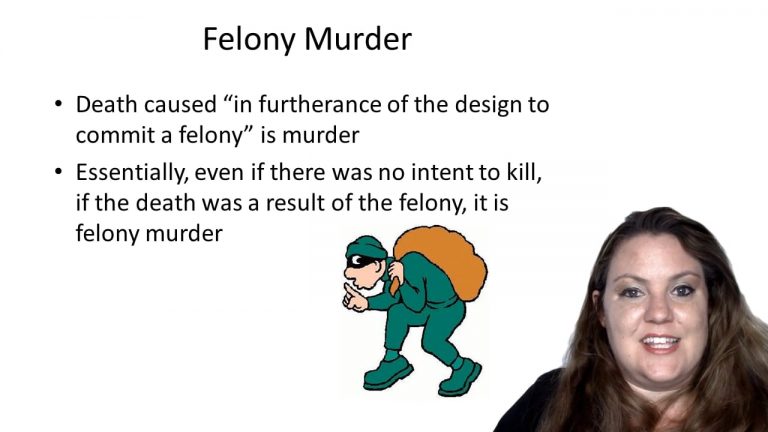SmartBrief
Confirm favorite deletion?
Criminal Law Keyed to Kennedy
West Virginia v. Paul Emerson Sims
Citation:
162 W. Va. 212 (1978)Facts
Around 2:00 a.m. on January 16, 1976, the defendant and another man went to the home of Mr. and Mrs. Oscar Schmidt. After cutting the telephone wires on the outside of the house, they proceeded onto the front porch of the home. Both men were armed.
The Schmidts’ bedroom adjoined the porch. While the defendant remained on the porch adjacent to the windows, his companion broke the windows and stepped through them into the bedroom. The defendant pointed his shotgun and a flashlight into the bedroom. Shortly after his companion had entered the bedroom, Walter Schmidt, the son of Oscar Schmidt, entered the bedroom from another portion of the house.
Apparently as a result of this distraction, Oscar Schmidt was able to seize the companion’s pistol and fire it at the defendant. The bullet struck his right arm, and he claimed this caused an involuntary muscle spasm in his trigger finger which resulted in the discharge of the shotgun, killing Walter Schmidt.
The defendant plead guilty to first degree murder. He appealed, arguing that his plea was coerced as a result of the trial court incorrectly ruling that even if his defense were true, it would not be a defense to first degree murder.
Only StudyBuddy Pro offers the complete Case Brief Anatomy*
Access the most important case brief elements for optimal case understanding.
*Case Brief Anatomy includes: Brief Prologue, Complete Case Brief, Brief Epilogue
- The Brief Prologue provides necessary case brief introductory information and includes:
Topic:
Identifies the topic of law and where this case fits within your course outline.Parties:
Identifies the cast of characters involved in the case.Procedural Posture & History:
Shares the case history with how lower courts have ruled on the matter.Case Key Terms, Acts, Doctrines, etc.:
A case specific Legal Term Dictionary.Case Doctrines, Acts, Statutes, Amendments and Treatises:
Identifies and Defines Legal Authority used in this case.
- The Case Brief is the complete case summarized and authored in the traditional Law School I.R.A.C. format. The Pro case brief includes:
Brief Facts:
A Synopsis of the Facts of the case.Rule of Law:
Identifies the Legal Principle the Court used in deciding the case.Facts:
What are the factual circumstances that gave rise to the civil or criminal case? What is the relationship of the Parties that are involved in the case.Issue(s):
Lists the Questions of Law that are raised by the Facts of the case.Holding:
Shares the Court's answer to the legal questions raised in the issue.Concurring / Dissenting Opinions:
Includes valuable concurring or dissenting opinions and their key points.Reasoning and Analysis:
Identifies the chain of argument(s) which led the judges to rule as they did.
- The Brief Prologue closes the case brief with important forward-looking discussion and includes:
Policy:
Identifies the Policy if any that has been established by the case.Court Direction:
Shares where the Court went from here for this case.

 5m 13s
5m 13s